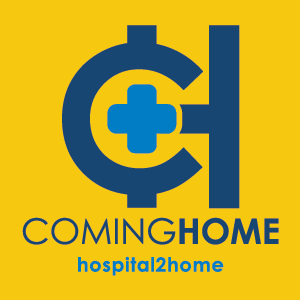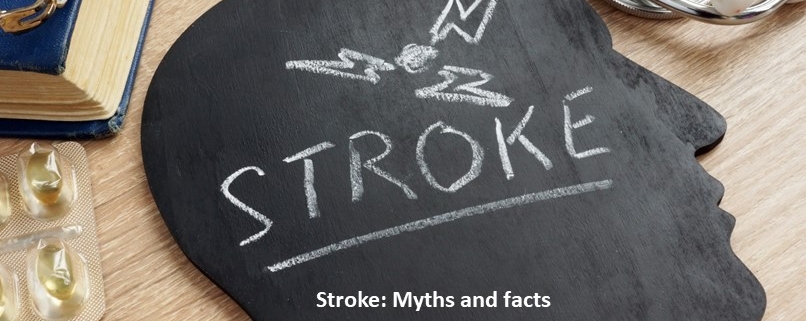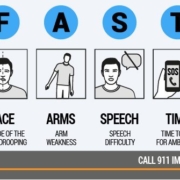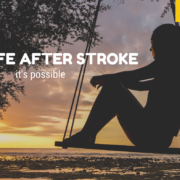Stroke myth
According to the Stroke Survivors Foundation Stroke is among the top three causes of death and a leading cause of disability in South Africa.Coming Home Organisation is on a mission to educate the broader public about stroke and shift the wrong mentality that people have about this disease. Yet, there are many misconceptions about this serious medical emergency. Let’s separate fact from fiction as we debunk some common stroke myths.
Stroke myth: Strokes are rare.
· Stroke myth: Strokes cannot be treated.
· Stroke myth: If stroke symptoms pass, you don’t need treatment.
|







Leave a Reply
Want to join the discussion?Feel free to contribute!